The jaw crusher is mainly used to crush stones with high hardness and large size. The working intensity is very high and the working environment is harsh. In the case of long-term use, the hard rock will cause great wear and tear on the parts of jaw crusher, and failure will inevitably occur. How to adopt effective and rapid maintenance methods to repair faults and reduce production downtime is very important for manufacturing companies.
This article shares 10 most common maintenance methods for jaw crusher, and teaches you step by step how to repair jaw crusher machine.
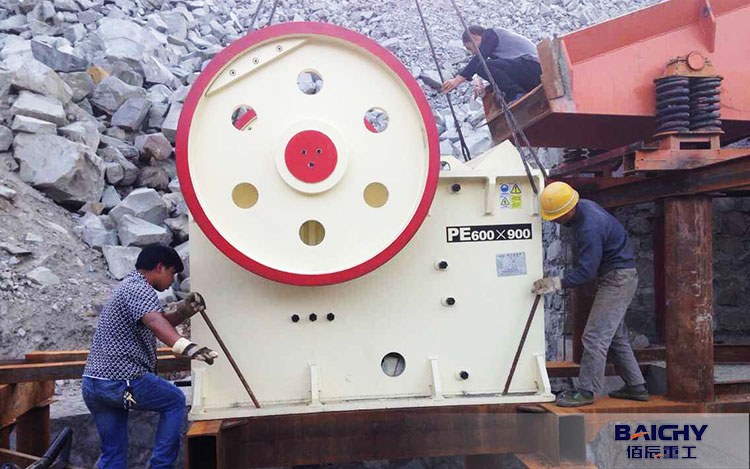
01 Foundation treatment
The jaw crusher is mainly used to crush hard and large stones. It is normal for strong vibration to occur during work. After operation, if there are cracks in the reinforced concrete foundation or signs of foundation sinking, the sinking frame must be processed to avoid adverse effects on safe operation and ensure the normal production of the jaw crusher.
First, loosen all the anchor bolts on both sides of the rack, and then use two 50-ton jacks to lift about 40mm on both sides of the downstream rack. distance, insert the cut 30mm steel plate into the lower part. Finally, use high-grade concrete mortar to plaster the surface and ensure that it hardens for 48 hours before tightening the bolts and resuming production operations.
02 Replace the feeder bottom plate
Long-term impact and wear with stones caused large holes in the feed floor of the jaw crusher, and repair welding could no longer be performed. After inspection, it was found that the original 20mm thick wear-resistant manganese steel plate had worn out like a piece of cloth. Iron sheet full of holes. In this way, material leakage at the bottom is serious, which greatly increases the workload of the slag cleaning workers, and stones splashing from the bottom increases the risk of unsafety. It must be replaced to ensure safe production.
First, measure the width and length of the bottom plate, cut off 3 to 5 pieces of 20mm thick manganese steel of equal size (to prevent one piece from being too heavy to be lifted mechanically and manually to the designated position), and at the same time, clean up the residue on the bottom plate (to ensure welding Strong), and then professional welders fix and weld each steel plate. The welding thickness between the steel plates is smoothed using an angle grinder. After the welding is completed, the welds are inspected to prevent local wear of the steel plates caused by welding defects. . After the welding repair is completed, reinstall and resume production operations.
03 Repair of broken anchor bolts
Due to over-diameter stones, a large amount of stones are trapped in the crushing cavity of the jaw crusher, causing the crusher to shut down. When restarting, the anchor bolts bear a large shear force, causing the bolts to break due to shear stress; or jaw crusher The machine is subject to load vibration, unstable foundation, damaged bearings, loose bolts caused by increased eccentric load, and the entire crushing frame swings. In addition, maintenance and inspections are not timely, and the equipment has been working with "sickness" for a long time, which is not discovered in time, eventually leading to bolt breakage. .
If there are many anchor bolts broken and there are cracks in the foundation and the cracks are large, there will be many hidden dangers in continued use and the machine must be shut down immediately. The original concrete foundation was removed, the anchor bolts were replaced, and the foundation was re-poured. Remove the original anchor bolt concrete foundation, take out all bolts, and clean the on-site working surface; after aligning the machine base, replace all anchor bolts; grout the anchor bolt foundation, and install the machine after the concrete reaches strength, and tighten the anchor bolts. After the recheck is correct, proceed to the next process; when using anchored movable anchor bolts, appropriate reserved pipes should be buried. Grouting generally uses fine gravel concrete.
04 Spindle repair
As mentioned before, long-term foundation sinking has caused serious wear of the main shaft on the upstream side. After removing the bearing on this side and lifting the movable jaw body, the measurement found that the diameter of the shaft at this end is 6 to 12 mm smaller than that on the downstream side (due to insufficient wear and tear). uniform, the shaft diameter is no longer a perfect circle), resulting in multiple replacements of the bearings, but the fault cannot be eliminated. The spindle needs to be processed.
Using the outer cylindrical surfacing method, use manual arc welding to evenly surfacing a layer of welding on the worn bearing surface, and then re-expand the hole according to the requirements of the fit tolerance to achieve a reasonable fit with the outer diameter of the bearing. This method has a thin welding layer on the shaft, so deformation generally does not occur during surfacing, and there are no special requirements for the welding process. However, when processing the shaft, the perpendicularity between the center line of the shaft and the two end faces should be controlled. To ensure the matching relationship and matching accuracy with other parts. If there is an emergency repair on the construction site, you can choose a skilled welder to evenly weld 24 vertical seams on the bearing. After highly polishing, the seams are 5mm higher than the original shaft. Then, touch some white ash on the 24 vertical seams and insert the inner sleeve of the bearing. Where there are no traces of white dust on the inner sleeve of the bearing, grind it twice until it matches the inner sleeve perfectly (to ensure that the shaft is a perfect circle), and then it can be assembled and used.

05 Bearings Replacement and lubrication
During the operation of the jaw crusher, a harsh and abnormal sound occurs, and the jaw crusher gets stuck in a short period of time, and the flywheel no longer rotates. After disassembling the flywheel and opening the protective cover, it was found that the outer bearing cage of the movable jaw was damaged and the inner rolling balls were scattered and damaged. After hanging the movable jaw, it was found that the internal bearing was also partially damaged.
First, deal with the inner bearing of the movable jaw: boil the stock spare bearing for 2 hours, use a sledgehammer to pad the copper rod with several people taking turns to hammer, and wedge the bearing into its original position. Then the entire movable jaw is hoisted. For external bearings, you can use a homemade steel pipe pad to lift the main shaft, use a small crane to lift the bearing onto the shaft, and then follow the steps to hammer it into the specified position. Then hoist the flywheel, install the V-belt, and start running after debugging. The grease used in the jaw crusher should be determined according to the location and temperature conditions of use. Generally, calcium-based, sodium-based and calcium-sodium-based greases are used. The grease added to the bearing seat should be about 50% of its space volume and should be replaced every 3 to 6 months. When changing the oil, clean the raceways of the roller bearings with clean gasoline or kerosene.
06 Toggle plate replacement
During the production process, cracks or even cracks often occur in the bracket due to the large stress. What's more, transverse faults may occur and need to be replaced in time.
When replacing, first take out 2 to 3 pieces of steel plates that are used to adjust the size of the unloading opening. Use a jack to push the movable jaw forward to prevent it from falling. Use a wire rope to hang the bottom of the movable jaw and connect it to the machine with a 5-ton inverted chain at the top. Tighten the frame and loosen the adjusting rod bolts. At this time, steel drills can be used on both sides at the same time, and the used brackets can be slowly lifted out with a crane, and then the new brackets can be installed and tightened everywhere before use.

07 Treatment of cracks in toggle plate seat
When replacing the toggle plate, it was discovered that there were cracks in the channel steel clamped by the toggle plate seat, which eventually caused the toggle plate to move within the seat, thereby reducing the service life of the toggle plate. The toggle plate seat needs to be processed. Taking out the inner clamped channel steel is the focus of this work.
First, take out the channel steel by tightening bolts, that is: weld high-strength bolts at both ends of the channel steel and three places in the middle, and cut three steel plates with bolt-sized holes in the middle, and tighten them with three wires at the same time. An attempt was made to remove the channel steel, but because the channel steel was locked to the toggle plate seat, the channel steel could not be removed even though several bolts were broken and the steel plate was bent. Finally, oxygen acetylene is used to cut the cracks from the middle of the channel steel, and then the two ends of the channel steel are taken out respectively. Finally, the channel steel is taken out, embedded in the new channel steel, and then welded to the bracket seat, and then installed and used.
08 Jaw plate reversal and replacement
After a period of normal wear and tear of the jaw plate, its facial rack will be blunted or completely flattened, and the upper and lower jaw plates need to be inverted for multiple uses. After the second re-grinding, a new jaw plate needs to be replaced.
First, it is necessary to remove the bolts of the wedge, guard plate and slide plate and lift them out in sequence, then weld the lifting lugs on the upper part of the jaw plate and lift them out. If they are upside down, you need to cut off the lifting lugs and lift them on the opposite side. Then weld and install the lifting lugs at the bottom (not required if replaced). The second jaw plate is also installed backwards. When installing the jaw plate of the assembled jaw crusher, it needs to be firmly attached to the jaw bed. Use soft metal as a gasket to ensure that it is flat and then tightened with bolts before use. During the working process of the crusher, regularly check whether the jaw plate is loose. If it is loose, adjust it to prevent breakage or wear, which will reduce the service life of the jaw plate.
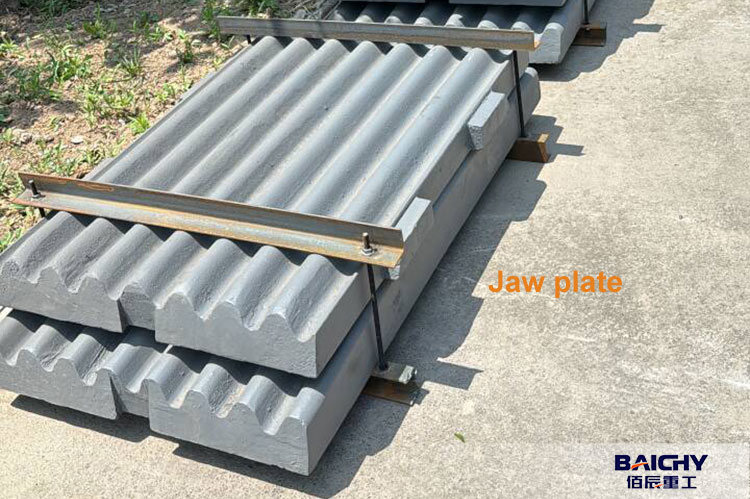
09 Handling over-diameter materials
Because the raw material is mountain blasted stone, over-diameter materials will inevitably appear, which will affect the production efficiency of the coarse crusher. After oversized stone enters the feed port of the coarse crusher, it will block the feed port and affect normal operation. Its treatment is labor-intensive, time-consuming, and unsafe. Therefore, the over-diameter materials in the wool must be processed before entering the feed port of the coarse crusher of the stone production line.
To deal with over-diameter materials, we use grid sieve pre-screening method, blasting method, breaker crushing method, and scraper lifting method. The grid screen pre-screening method uses 43kg/m rails to make a grid screen with mesh openings of 400×400mm. During use. The rails are constantly impacted by stones and deformed greatly, and the removed over-diameter materials are difficult to transport away. The blasting method on the screen surface is also labor-consuming and time-consuming and affects the normal feeding of the coarse crusher; the blasting method and the breaker crushing method can only deal with the over-diameter stones on the surface of the pile. However, the over-diameter stones inside the stockpile cannot be processed, and the problem cannot be fundamentally solved; the lifting method of the scraping bar (crane) adopts the setting up of a scraping bar (or crane) and a single-cylinder winch (or crane) on the side of the silo of each coarse crusher. Lift, with a lifting capacity of not less than 5 tons, tie the over-diameter stone that has entered the warehouse with a wire rope and lift it out, focus on unloading, and then use a loader to feed the material to the silo.
10 Handling the Feeder Pulley Key
The splines connecting the feeder pulley and the shaft have a feather key phenomenon after long-term operation. We use roller extrusion or surfacing and then reprocess it to the basic size, or weld to reduce the keyway and grind it with an angle grinder, or re-process it. The keyway of the pulley is processed using a new spline fit method. The surfacing layer must be uniform and tight, with no pieces falling off, delamination, or slag addition, and cracks, burning, etc. are not allowed. If the matching side clearance between the spline teeth and the sleeve is less than 3% to 4% of the tooth width, no repair is allowed. , the usage limit is 10%. For fixed combination, choose a small value, and if there is forward and reverse, it can be larger. At the same time, during the installation process, external bolts are used to fasten the steel plate to prevent the splines and pulleys from shaking left and right.
Conclusion
The above are common faults and maintenance methods of jaw crushers. During maintenance, on-site inspection and guidance by professional engineers will be more efficient. Baichy Machinery Equipment Co., Ltd. can send engineers for guidance. Welcome to contact us.
People Also Frequently Asked For - FAQ
1.What is the schedule of crusher maintenance?
Preventive maintenance is usually set up on a daily (8 hours), weekly (40 hours), monthly (200 hours), yearly (2,000 hours), and liner change schedule. Following the scheduled checks and inspections, adjustments are made and worn parts are replaced before a major crusher breakdown occurs.
2.What is the lubrication of jaw crusher?
The jaw crusher has different lubrication points, and its lubrication requirements are different, and there are differences in terms of time. For example, the jaw crusher's dynamic suspension shaft bearing and the thrust plate elbow are lubricated without oil return, so intermittent grease is required.
Jaw crusher gap adjustment is very convenient, only need to adjust the pull rod spring behind the jaw plate, you can increase or reduce the spacing.









 2025-04-14
2025-04-14

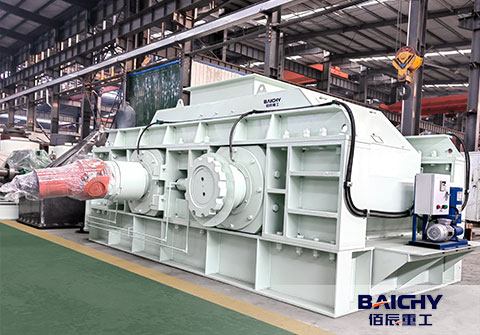
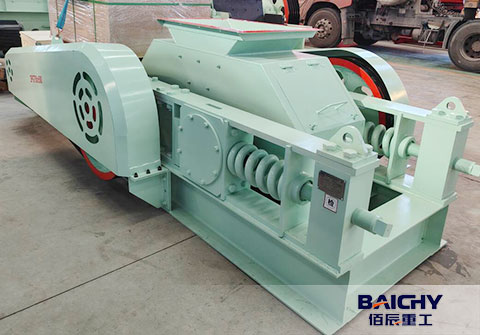



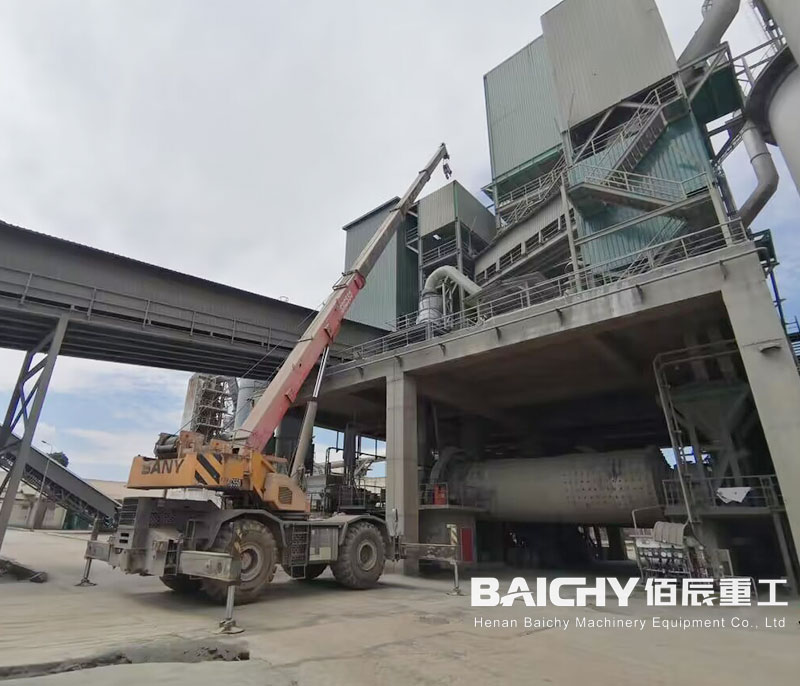














 86-15093113821
86-15093113821
 86-15093113821
86-15093113821

